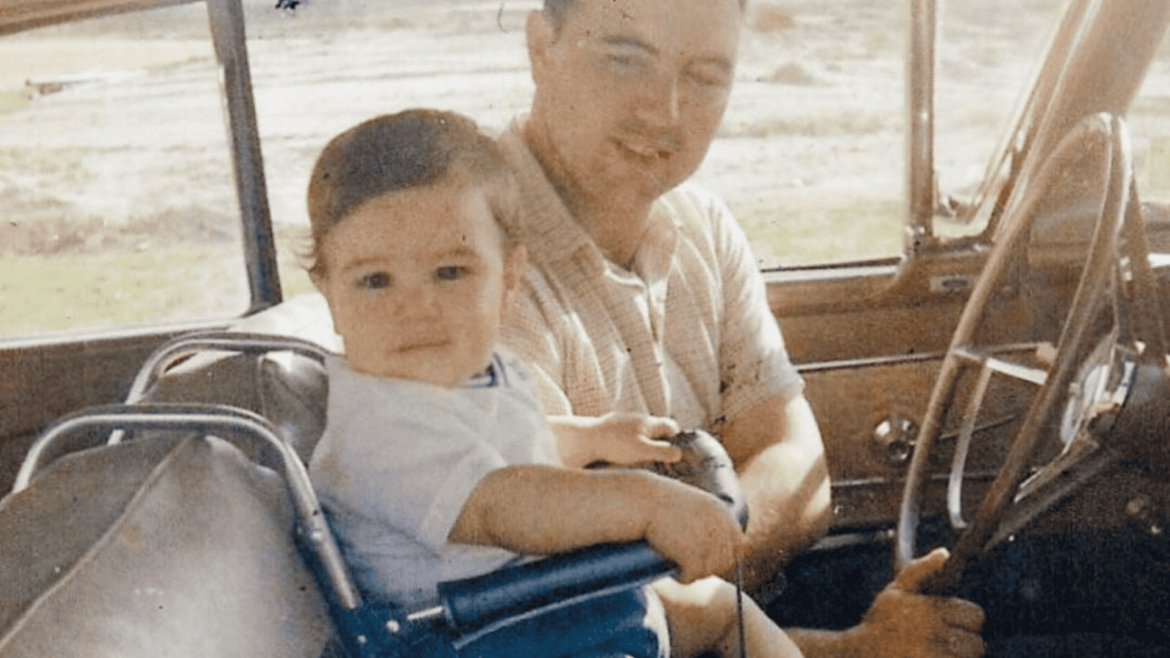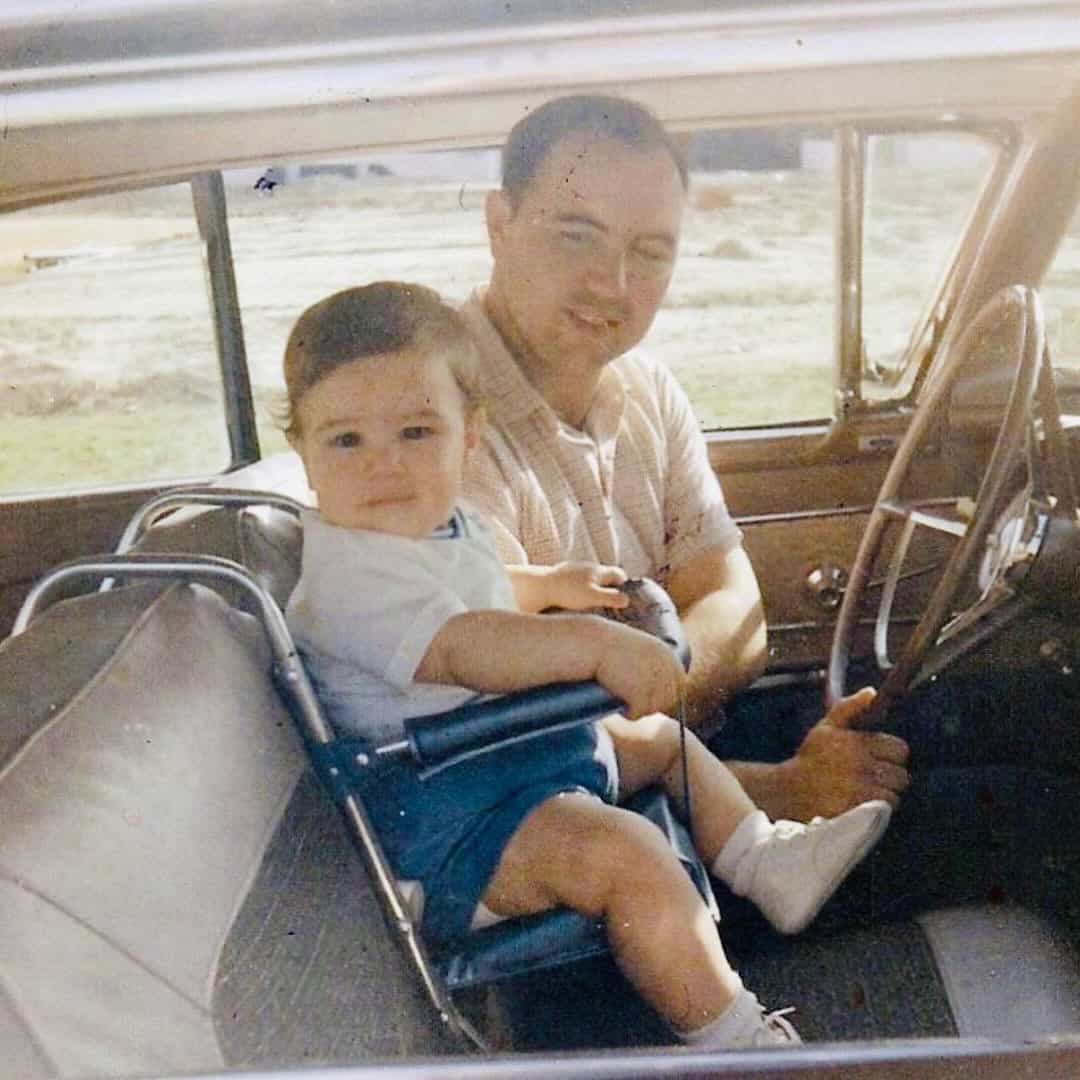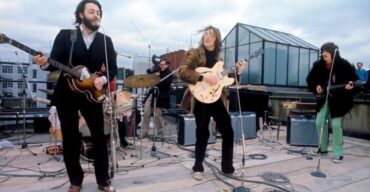The 1970s was a time of freedom, experimentation, and cultural evolution. People engaged in activities that were considered normal back then but would be illegal or heavily regulated today.
This blog post explores ten such activities, reflecting on how societal norms and laws have shifted over the decades.
Join us as we travel back in time to see what was once possible but is now forbidden.
1. Smoking in Public Spaces
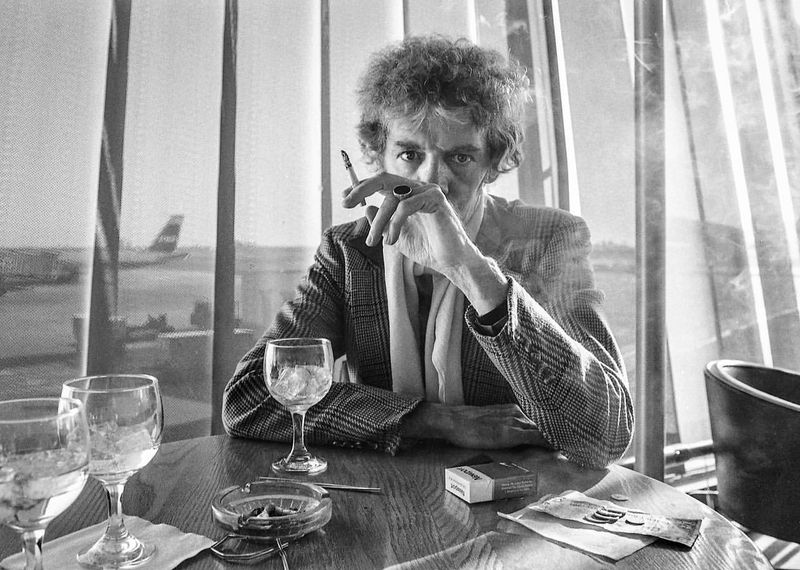
In the 1970s, lighting up a cigarette in a restaurant, office, or even on an airplane was a common sight. Cigarette smoke filled the air, and ashtrays were ubiquitous on every table. It was a time when smoking was seen as glamorous and sophisticated. Today, strict laws prohibit smoking in most indoor public spaces, protecting people from secondhand smoke.
The shift in regulations reflects a growing awareness of the health risks associated with smoking. The smoke-free laws have also changed social norms, making public spaces cleaner and healthier for everyone, whether they’re having a meal or catching a flight.
2. Driving Without Seat Belts
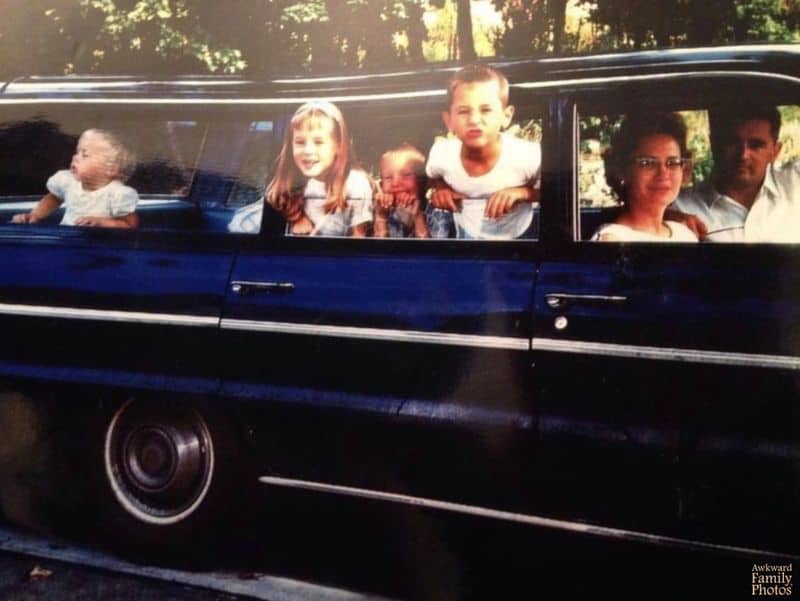
Back in the 1970s, seat belts were more of a suggestion than a mandate. Many cars didn’t even come equipped with them, and those that did often saw them tucked away, unused. People casually drove without any thought of buckling up, believing it unnecessary.
Today, wearing a seat belt is a legal requirement in most countries, and for a good reason. Statistics show that seat belts save lives, reducing injuries in accidents. The cultural shift towards safety has made seat belts an essential part of any car journey, reflecting a broader societal commitment to road safety.
3. Selling Unpasteurized Milk
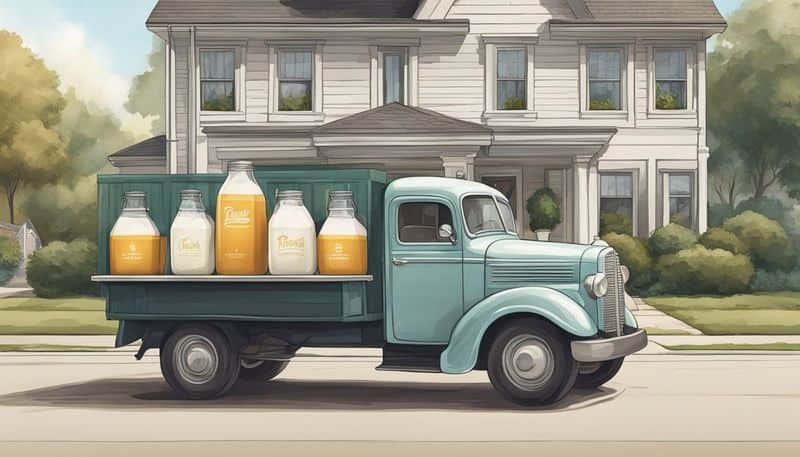
Unpasteurized milk, or raw milk, was commonly sold directly from farms in the 1970s. People believed in its natural taste and health benefits, buying it fresh from local farmers. However, raw milk poses significant health risks, including bacteria that can lead to serious illness.
Today, the sale of unpasteurized milk is heavily restricted or banned in many places, with pasteurization becoming a standard process to ensure safety. The change reflects an increased focus on public health and food safety, reducing the risk of disease transmission and ensuring that milk consumption is safe for everyone.
4. Kids Riding in Car Without Seats
In the ’70s, children would roam freely in the backseat of cars, often standing or lying down. Car seats for kids were either non-existent or rarely used. It was a time when safety regulations were lax, and children’s freedom in cars was seen as normal.
Today, the law requires children to be secured in approved car seats, tailored to their age and size. These regulations are designed to protect young passengers in case of accidents. The changes highlight a growing understanding of child safety, ensuring that kids are safe and secure during car travel.
5. Driving Under Influence with Few Consequences
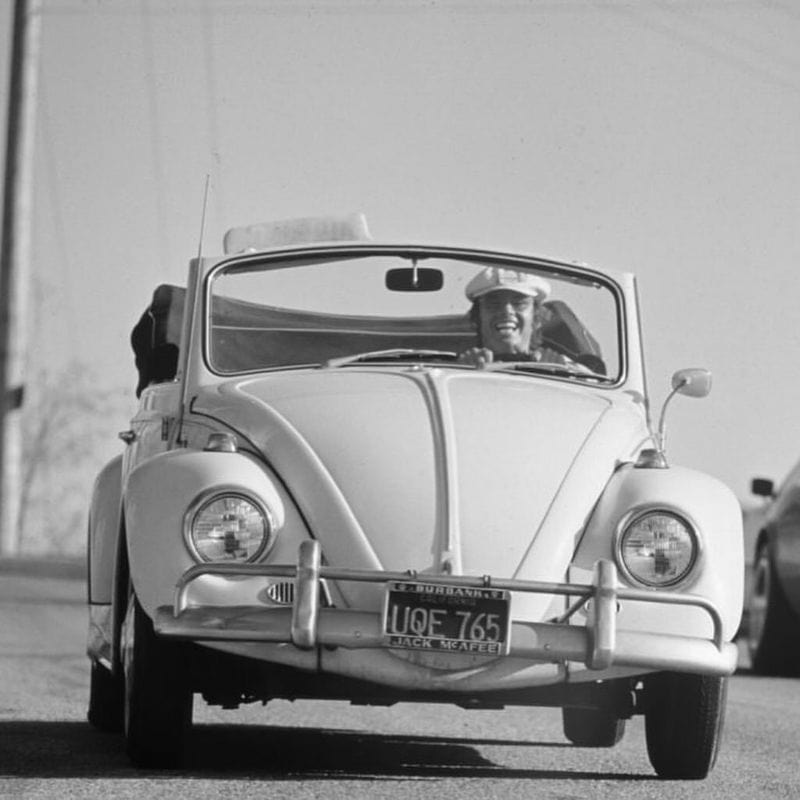
In the 1970s, drinking and driving were often seen as a minor offense, with few consequences for those caught. People would casually have a few drinks and then get behind the wheel, with limited awareness of the dangers.
Since then, laws have become much stricter, with severe penalties for driving under the influence. Public campaigns have raised awareness of the risks, emphasizing the importance of responsible drinking. The shift represents a societal commitment to reducing accidents and saving lives, ensuring that roads are safer for everyone.
6. Open-Air Concerts with Unregulated Substances
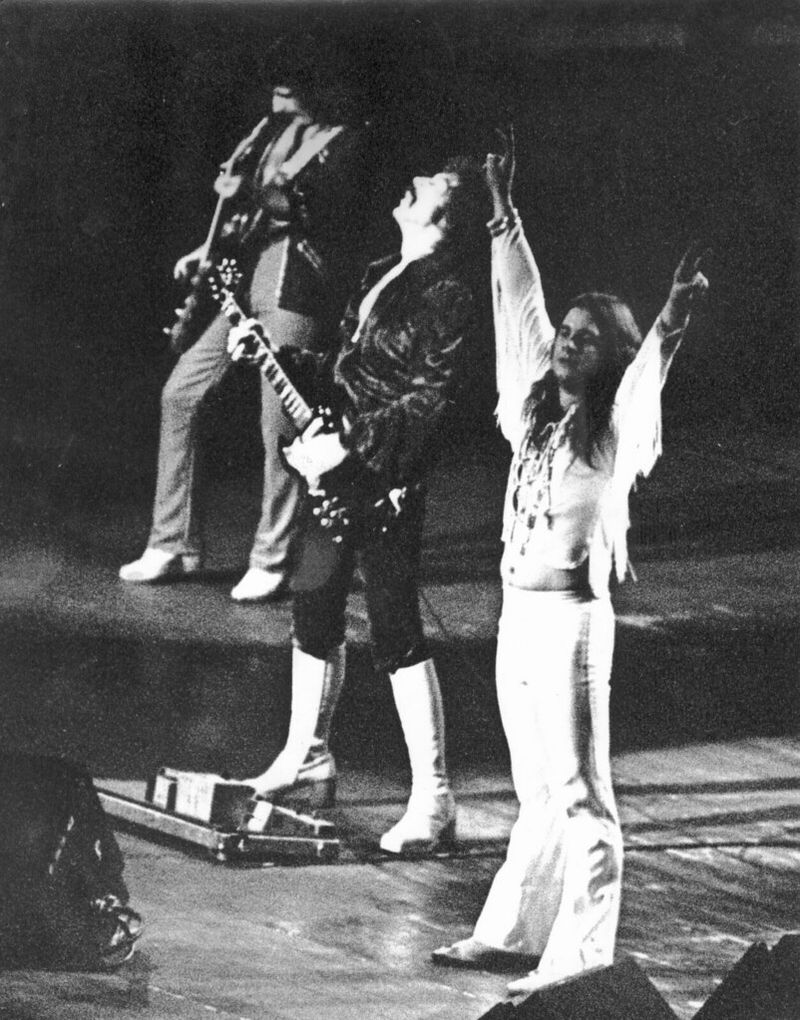
The 1970s were a golden age for music festivals, where people enjoyed live performances in open fields. It was also a time when attendees openly consumed recreational substances, with little interference from authorities. These festivals epitomized freedom and musical expression.
Today, substance use at such events is heavily regulated, with strict security measures in place. The focus has shifted towards ensuring the safety and well-being of attendees, balancing enjoyment with responsibility. This evolution underscores the importance of creating safe environments at public gatherings, without compromising the festival spirit.
7. No Helmets for Cyclists
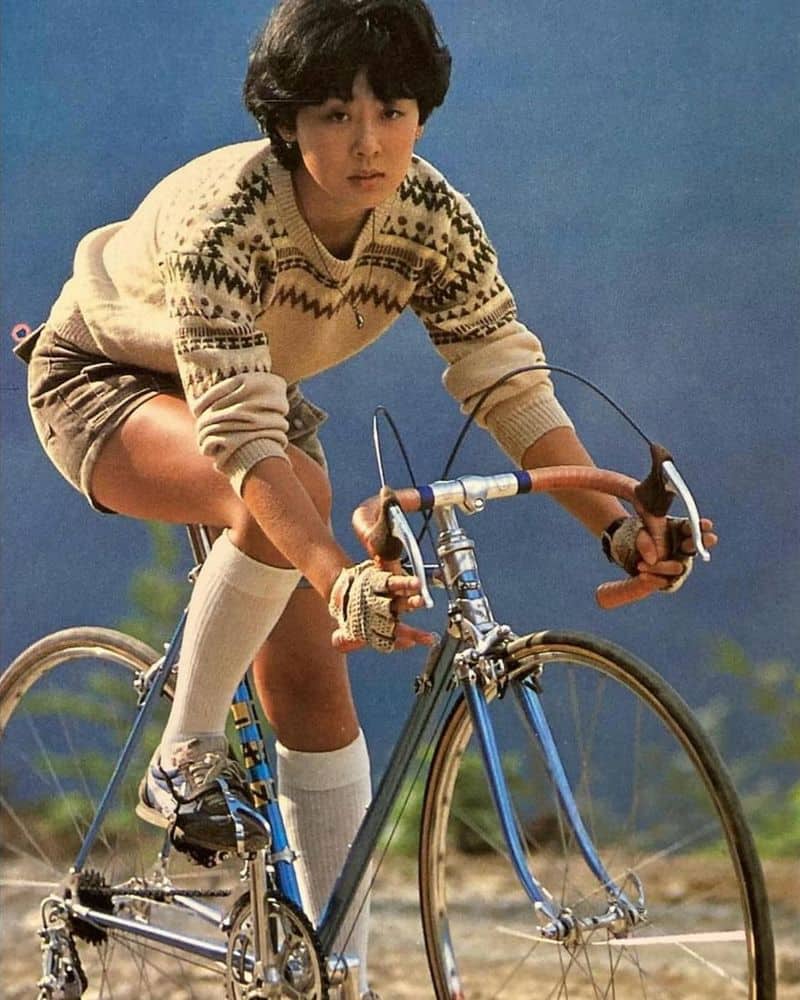
Cycling in the 1970s was a carefree activity, with riders enjoying the wind in their hair, unencumbered by helmets. Helmets were rarely worn, as safety concerns were not as prominent. People believed in the simplicity and joy of cycling without restrictions.
Today, wearing helmets is often legally required or strongly encouraged, as studies have shown their effectiveness in preventing head injuries. This change reflects a societal emphasis on safety, promoting responsible cycling practices. The shift has helped create a culture where safety gear is seen as essential, making cycling a safer activity for everyone.
8. Unsupervised Hitchhiking
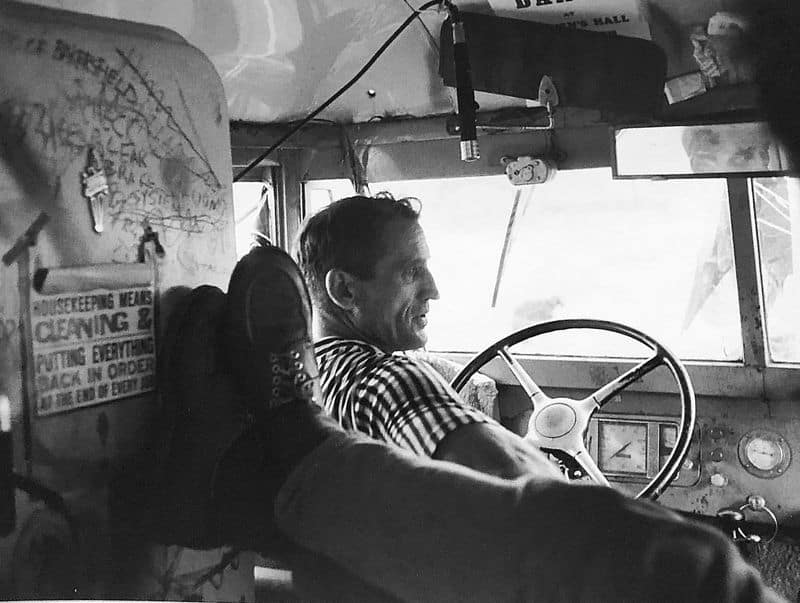
Hitchhiking was a popular mode of travel in the 1970s, with people thumbing rides across the country without much concern for safety. It was seen as an adventurous and economical way to explore new places, meeting strangers along the way.
Today, hitchhiking is rare, with societal attitudes shifting towards caution and safety. The risks associated with accepting rides from unknown individuals have led to a decline in this practice. This change reflects a broader understanding of personal safety, emphasizing the importance of secure and reliable transportation options.
9. Unrestricted Airline Travel
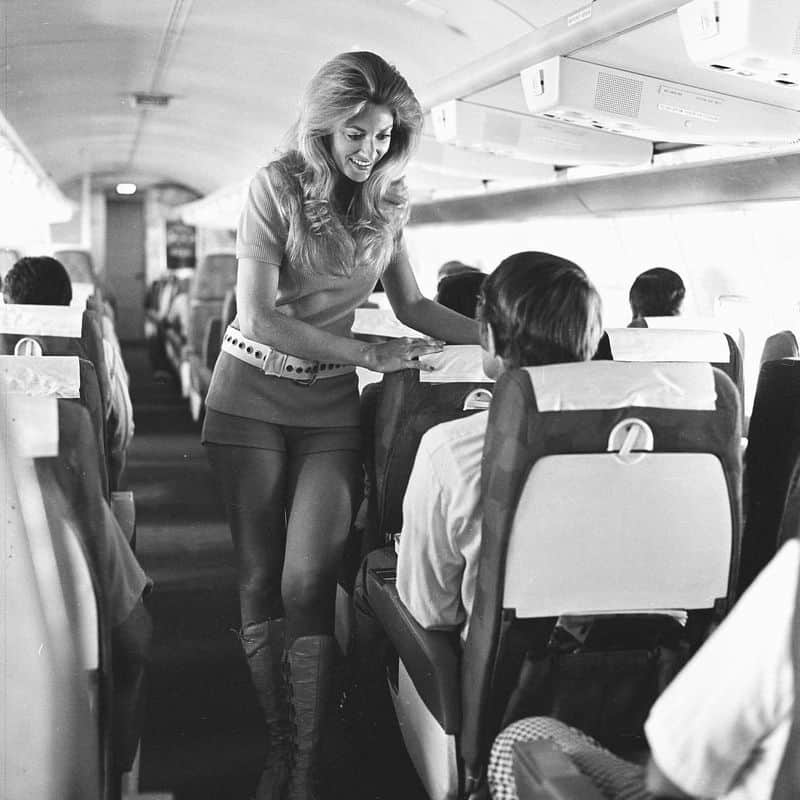
Air travel in the 1970s was a world apart from today’s experience. Passengers could board planes with minimal security checks, often without even showing identification. The process was quick and convenient, reflecting a more relaxed era of aviation.
Today, stringent security measures are in place to ensure the safety of all travelers. The introduction of thorough screenings, identification requirements, and baggage checks has transformed air travel into a more secure and controlled experience. These changes highlight the ongoing efforts to prevent threats and ensure that flying is safe for everyone.
10. Minimal Workplace Safety Regulations
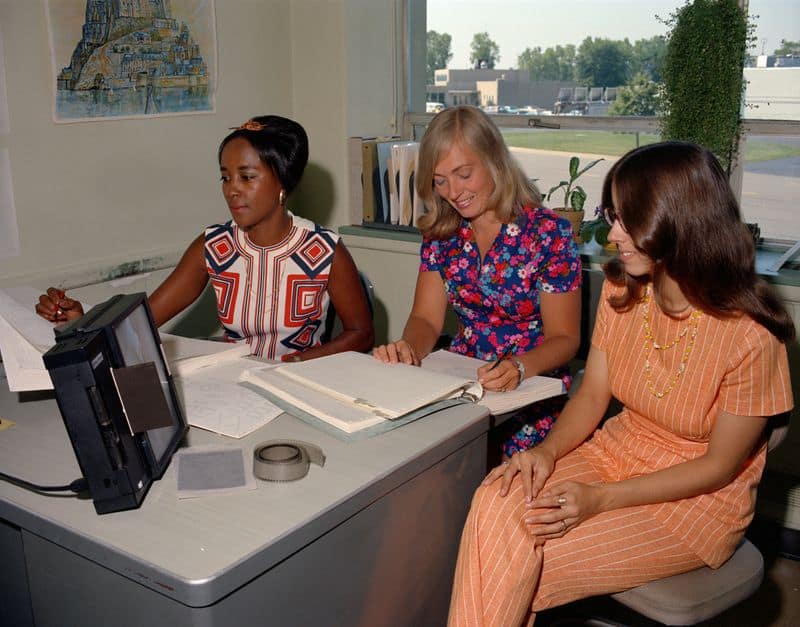
The workplace environment in the 1970s was vastly different, with minimal safety regulations in place. Employees operated heavy machinery without protective gear, and safety protocols were often overlooked. It was a time when productivity took precedence over safety.
Today, occupational health and safety laws require strict adherence to safety standards, ensuring that workplaces are secure and workers are protected. The emphasis on safety protocols reflects a commitment to preventing workplace accidents and promoting a culture of care. This shift has led to safer working conditions, prioritizing the well-being of employees across industries.
